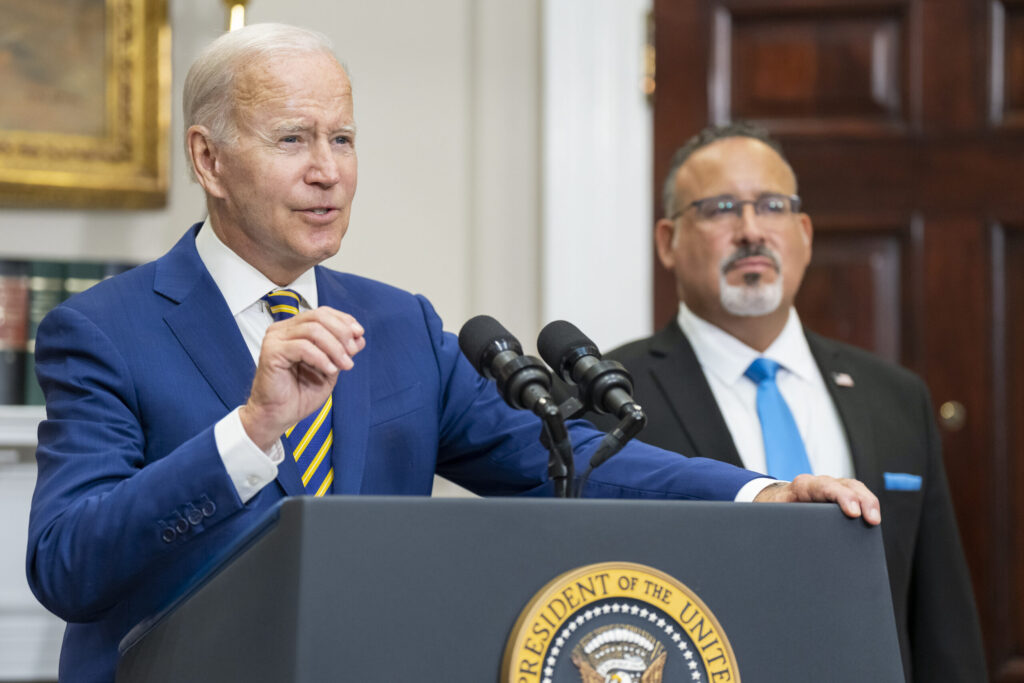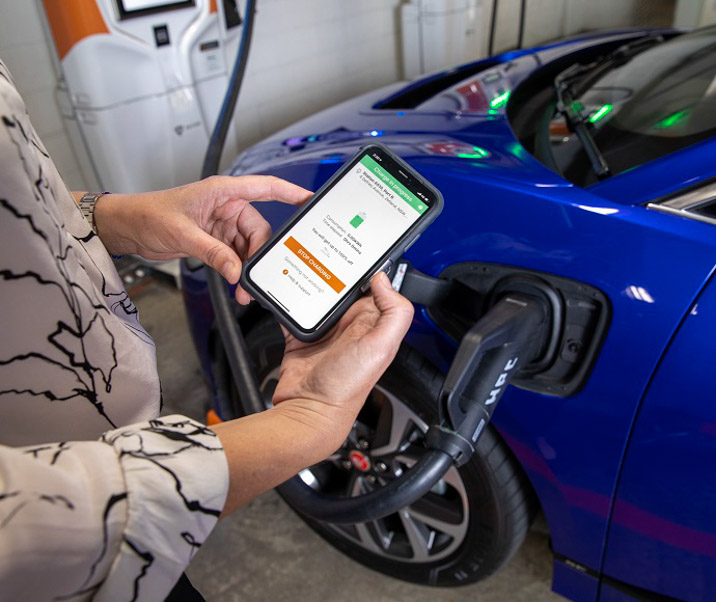
What’s missing in the new rule for EV chargers?


The Infrastructure Investment and Jobs Act (IIJA, or just the infrastructure law) created the National Electric Vehicle Infrastructure (NEVI) Formula Program, a five-year formula grant program meant to establish a national network of electric vehicle charging stations. On June 9, the Federal Highway Administration (FHWA) published a Notice of Proposed Rulemaking (NPRM) on how it plans to administer this program, opening the proposed rule for public comment.
What is the NEVI program?
The NEVI program was created in the infrastructure law as a way to kick-start national electric vehicle (EV) infrastructure development. While EVs can’t be the sole solution for driving down transportation emissions, they can help reduce emissions (and we can use all the help we can get). Reliable, accessible, and convenient charging infrastructure will make the EV market more attractive and accessible for consumers looking to make the switch from gas-powered vehicles.
The infrastructure law funded the NEVI program at $5 billion to accomplish this task, starting with $615 million in fiscal year 2022. Note that, unlike other new programs like the Carbon Reduction Program, this program is on a “trial basis,” and it’s only guaranteed for five years. That means states should take full advantage of the opportunity while they can.
Each state must submit an EV Infrastructure Deployment Plan (Plan) by August 1st to the FHWA in order to receive NEVI funds.
What are the proposed requirements for NEVI-funded EV infrastructure?
According to the FHWA’s set of proposed minimum standards and requirements, states can spend NEVI funds for three reasons:
- Acquisition, installation, and network connection of EV charging stations
- Continued operation and maintenance of EV charging stations
- Data collection of EV charging stations
The goal of the proposed rule is to ensure that EV charging stations work as smoothly as possible for both the operator and consumer. The FHWA will require uniformity through:
- A universally user-friendly experience at every charging station, including factors like the number of chargers, the type of charging ports, availability of ports, and high-quality operation and maintenance.
- Adequate access to charging infrastructure at every station regardless of brand of electric vehicle.
- Universally recognizable traffic signals and markings in compliance with the Manual on Uniform Traffic Control Devices for Streets and Highways (MUTCD).
- Data on the operation, management, and outcomes of charging stations and the workforce that supports them.
- Connectivity between chargers, the charging network, and the energy utilities.
- Mapping applications that relay information to the consumer (or computer) regarding location or station, price to charge, real-time availability, and type of charger port availability.
An opportunity and a challenge
The FHWA released these proposed standards to the public so that stakeholders could provide their feedback. This is the time to comment! Whether you represent an organization or you’re responding as an individual, submit your ideas and concerns by August 22, 2022.
Alternative fuel corridors provide a network of EV charging stations for local and long-distance travelers, and communities should think carefully about where their charging stations are located. Co-location, equity, and maintenance should be taken into account when placing EV chargers.
While many people can charge their EV at home overnight, longer trips that go beyond the vehicle’s maximum range can prove to be a challenge. It takes 30-60 minutes to charge an EV, even at a fast charger. Co-location, or placing chargers near retail outlets and businesses, could turn long waits into opportunities for visitors and businesses alike. For example, instead of constructing charging stations at truck stops far away from local businesses, rural communities can place stations near their main streets, allowing EV drivers to peruse local shops and restaurants while they wait for their vehicles to charge.
Like any program, NEVI will only be successful if it equitably serves all American communities. FHWA must amend the program to serve more than just those who have access to EV chargers in their single family homes. Where alternative fuel corridors go through larger urban areas, chargers should be located near local residents who lack dedicated charging at home. In the same vein as co-location, station locations should be planned in accordance with the land use needs of marginalized communities.
In addition, the proposed rule doesn’t provide much attention to maintenance and uptime. It requires that stations meet NEVI standards for five years, but the standards laid out in the program only touch on technician qualifications and minimum certifications. Like much of the federal transportation program, NEVI funds construction, but has little to no plan for maintenance.
The transition to EVs will require a network of charging infrastructure that works for all Americans. To get the most out of taxpayer dollars, states can and should consider how charging stations can best serve all residents for years to come. However, to ensure the success of the program, the finalized federal rules should make these considerations impossible to overlook.



